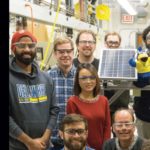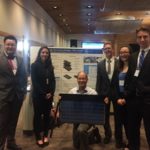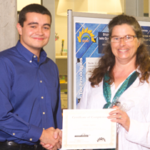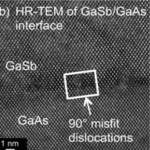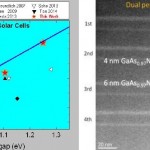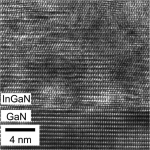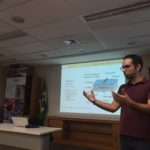
Dr. André Augusto, a Research Scientist working at Solar Power Laboratory at Arizona State University/QESST delivered recently an invited talk to energy experts from The Energy Research Office in Rio de Janeiro, Brazil. The discussion focus was the future of commercial photovoltaic technology and how silicon-based solar cells are grasping new markets by delivering thinner solar cells. […]
